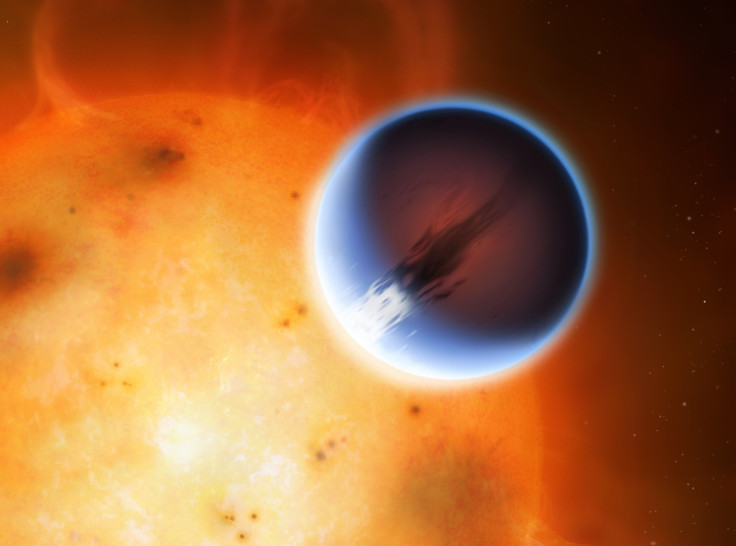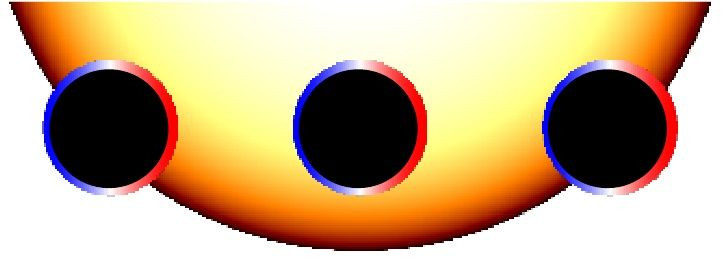Exoplanet HD 189733b: Scientists Record 5,400 Miles Per Hour Winds On Alien Gas Giant

Astronomers have measured and mapped a weather system on a planet outside our solar system for the first time ever, and discovered a world where raging winds blow at nearly 5,400 miles per hour -- nearly 20 times greater than the fastest ever recorded on Earth. The exoplanet -- HD 189733b -- lies nearly 63 light years from our solar system, and is the closest “hot Jupiter” to Earth.
“Whilst we have previously known of wind on exoplanets, we have never before been able to directly measure and map a weather system,” Tom Louden, an astrophysicist at the University of Warwick in Coventry, England, and lead researcher for the project, said, in a statement released Friday.
The researchers were able to measure the winds by using a combination of spectroscopy and the Doppler Effect, as described in the Astrophysical Journal Letters.
Doppler Effect stated that the frequency a wave as perceived by an observer changes depending on the relative velocity of the object producing that wave. So, if a light-emitting -- or in this case, a light-reflecting object -- is moving away from observers on Earth, the light will be red-shifted. When it moves toward Earth, the light will be blue-shifted.
“HD 189733b’s velocity was measured using high resolution spectroscopy of the Sodium absorption featured in its atmosphere. As parts of HD 189733b’s atmosphere move towards or away from the Earth the Doppler Effect changes the wavelength of this feature, which allows the velocity to be measured,” Louden explained, in the statement.

Scientists were able to determine the position of the planet and its movements in front of its parent star based on the amount of light it blocked. Light from the center of the star will shine more brightly than light towards the edges, changing the relative amount of light blocked by different parts of the atmosphere. Using this information, researchers were able to determine velocities on the opposite sides of the planet, which then allowed the researchers to create a velocity map.
According to the researchers, the technique might one day be employed to study the atmosphere of rocky, potentially habitable worlds.
“As we develop the technique further we will be able to study wind flows in increasing detail and make weather maps of smaller planets,” co-author Peter Wheatley from the University of Warwick’s Astrophysics Group, explained, in the statement. “Ultimately this technique will allow us to image the weather systems on Earth-like planets.”
© Copyright IBTimes 2025. All rights reserved.






















